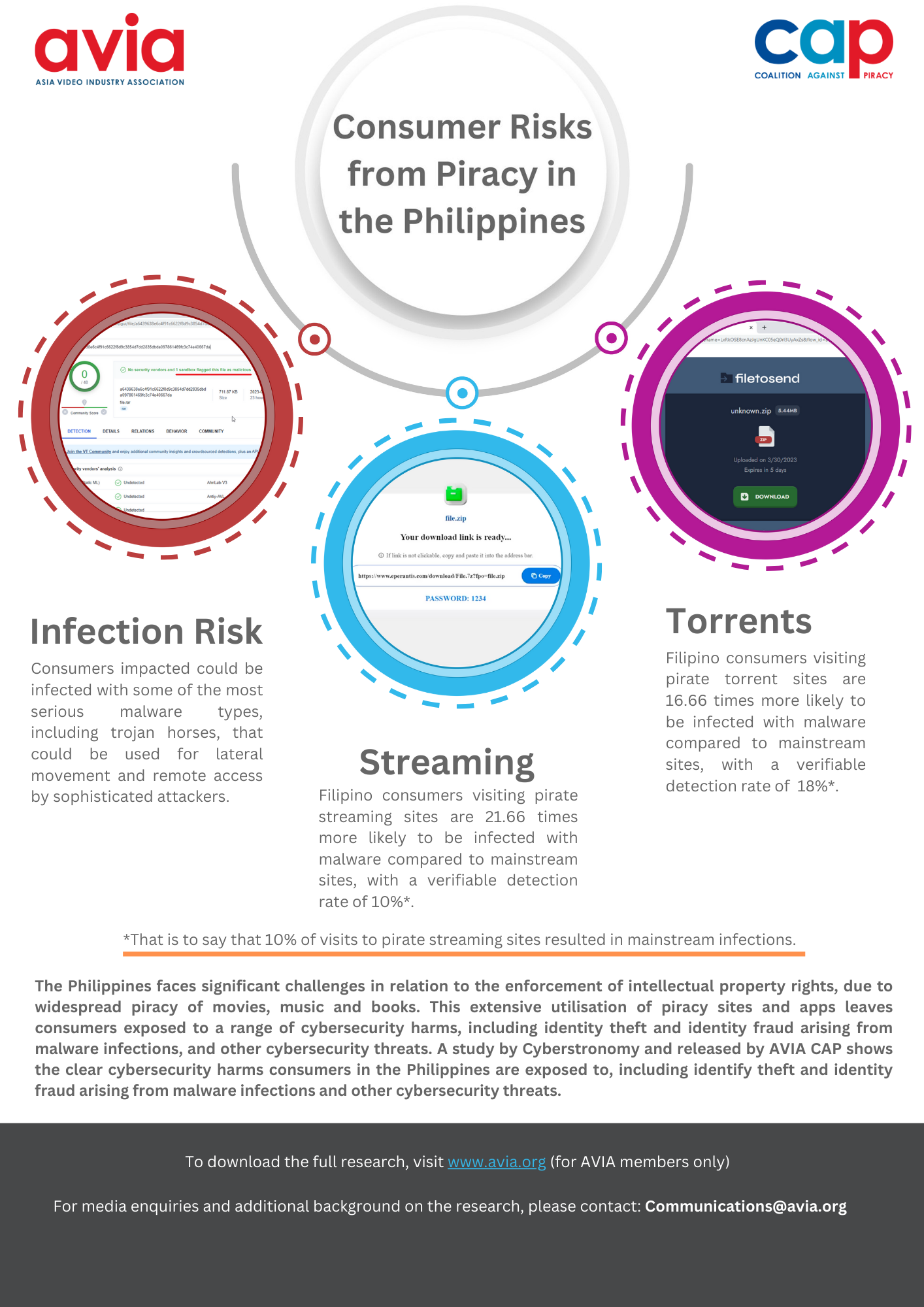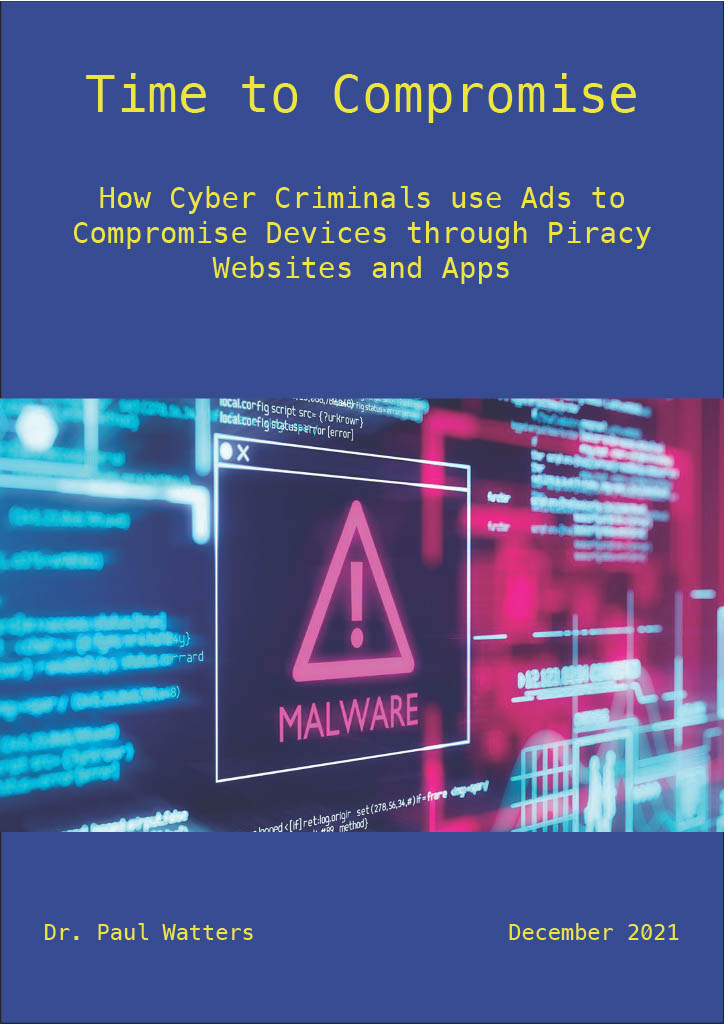How Telegram is Fuelling Streaming Piracy
June 18, 2021 4:22 pmThe popular messaging app, Telegram, is becoming the leading source of pirated content. Users of the platform, which provides end-to-end encryption, can conceal their identity to share texts, videos or other files. In January 2021, it was the most downloaded app across the App Store and Google Play with 63 million downloads and 500 million monthly users.
Telegram allows pirates to disseminate information easily to huge, encrypted private chat groups – as large as 200,000 people – and its channels can attract millions of subscribers.
From new releases to live sporting events, pirates have circulated, exchanged and sold illegal videos on Telegram. Analyst firm Nera Consulting places the global TV industry’s revenue losses from digital piracy between $39.3 to $95.4 billion per year, while a global study conducted by Ampere Analysis for Synamedia found that sports streaming piracy alone is worth over $28 billion.
Synamedia has been fighting piracy for decades, providing services and technology to protect $70 billion in operator revenue every year. By adopting an intelligence-first security model, marrying the best human intelligence with cutting-edge cybersecurity and AI technologies, we have disrupted pirates and brought many to the attention of officials.
To tackle streaming piracy, we need to map out the pirate ecosystem and watch every move pirates make.
| MASTERS OF DISGUISE |
With no embedded player inside the platform, pirates use Telegram to distribute text and M3U links, and to upload videos for free to Telegram’s hosted cloud services. Pirates hide key words relating to the event they are stealing or use code words to embed references to new channels inside their messages.
| MASTERS OF STRATEGY |
Pirates act in real-time. Minutes ahead of live events, they will proliferate new channels on Telegram with
links.
They have back up channels ready to switch up at a moment’s notice – sometimes pre-warning consumers which channel to use should the first pirated live stream be removed. They even have their own ‘lookouts’ for monitoring during an event. We saw a case where a streaming pirate changed the video name midstream due to a tip off from others in the chat group.
| JUMPING SHIP |
Pirates will flag that a Telegram channel has been disrupted and distribute guidance on how to follow a new one. They also encourage consumers to migrate to other sites, providing links to the open web or to other platforms.
| STEALING THE STREAM |
Pirates also offer OTT subscribers’ stolen credentials, pirated APKs, and hacked IPTV emulator channels which give consumers a link to live channels without the need for a set-top box.
| PLAYING THE SYSTEM |
Taking down channels on Telegram is possible. But, even if a content owner has a relationship with Telegram, it usually takes a minimum of four to six hours to take effect, presenting a huge problem for live events.
Streaming pirates have sophisticated businesses, using the latest technologies and legitimate cloud providers to host their services. Fighting streaming piracy requires solutions that demotivate pirates at every link of the video distribution chain. Building an anti-piracy strategy requires a painstaking, forensic, intelligence led approach, mapping information in multiple layers to cross-reference data, spot behaviour patterns and understand trends.
And to win this battle, the media industry needs to collaborate with tech providers, governments, regulators and law enforcement bodies. It requires governments to mandate the use of technologies such as watermarking and introduce tougher legal penalties.
As well as deterring and disrupting piracy, using a model that incentivizes viewers of pirate streams to move back to legitimate services is important. With an appealing mix of access and payment models, operators can encourage consumers to pay for legitimate services instead.
By Avigail Gutman, VP of Intelligence & Security Operations at Synamedia
Categorised in: Blog
This post was written by Synamedia

























